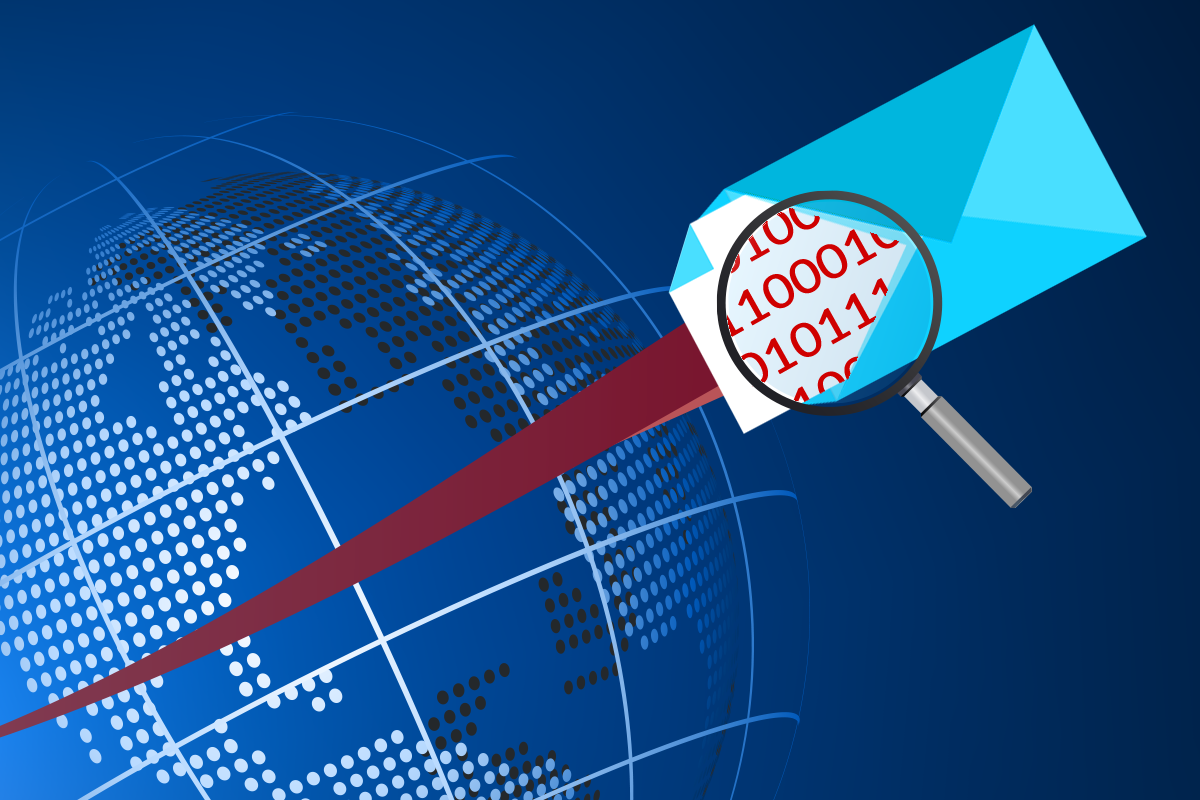Every day, we send an estimated 306 billion personal and professional emails around the world. Still, it’s not secure. Any sensitive documents, proprietary information, or private data sent are at risk.
Sending an email is fast and quick, but when it comes to sensitive information, you’re better off using a different method of delivery, one with fewer potential points of entry for a malicious hacker.
Consider the journey an email takes:
- You begin by writing it on your computer, laptop, tablet, or phone. This information is saved in your email software. It might be viewed by a hacker who gained access to your device through malware.
- After that, the email is sent to your email server. Your data is at risk if that server is hacked.
- Your message then travels across online networks to reach your recipient, but there’s no guarantee that those networks are secure, especially if you’re sending the email from a public network like an airport or a coffee shop.
- Finally, the email is delivered to the recipient’s email server, email program, and device. However, the same risks that occurred on your end are mirrored on their end as well.
Basically, when you send an email, you give up control over the security of that communication, which can lead to a variety of issues:
- Your email could be intercepted and read by hackers.
- You can’t guarantee that your recipient’s server or storage is always encrypted.
- You wouldn’t notice if a cyber-criminal pretended to be a server and intercepted messages.
- Your recipients may keep the email for months or even years in their inbox. If they are compromised in the future, your email will be at risk.
- Inadvertently, recipients may forward that email to unauthorized individuals.
- You can’t give email permissions or make them password-protected.
The Solution to Email Security Issues
Stop sending sensitive information via email. Instead, choose a system that enables you to monitor and regulate who has access to the information. This may include uploading the material to an encrypted file-sharing service like Google Drive or Dropbox. Additionally, there are other encrypted messengers like Signal, Wire, and Wickr Me that provide end-to-end encryption and auto-delete data to reduce the risk of email vulnerability.
If the receiver needs both a username and a password, send them separately. You can either text them the password, mail it to them, or call them and give it to them directly. When utilizing a system that sends a password email to the user, make direct contact with that person. Ensure that they receive the email, log in, and change their password.
A virtual private network (VPN) is another useful tool for securing emails. A VPN works like an online tunnel, encrypting your email transmission. The message sent or received is encrypted from the rest of the internet. In fact, the VPN covers your internet protocol (IP) address as well, ensuring that your true location remains hidden.
It’s difficult to send information through the internet. Don’t put your sensitive information at risk by communicating over email. Instead, employ the solutions listed above to secure your confidential and sensitive information.
A managed service provider can set up the solutions you need. Get it touch with us today to protect your conversations online.
Click here to schedule a free 15-minute meeting with Stan Kats, Founder and Chief Technologist.
STG IT Consulting Group proudly serves Greater Los Angeles and surrounding areas for all of your IT needs. We look forward to meeting with you!

Related Articles:
